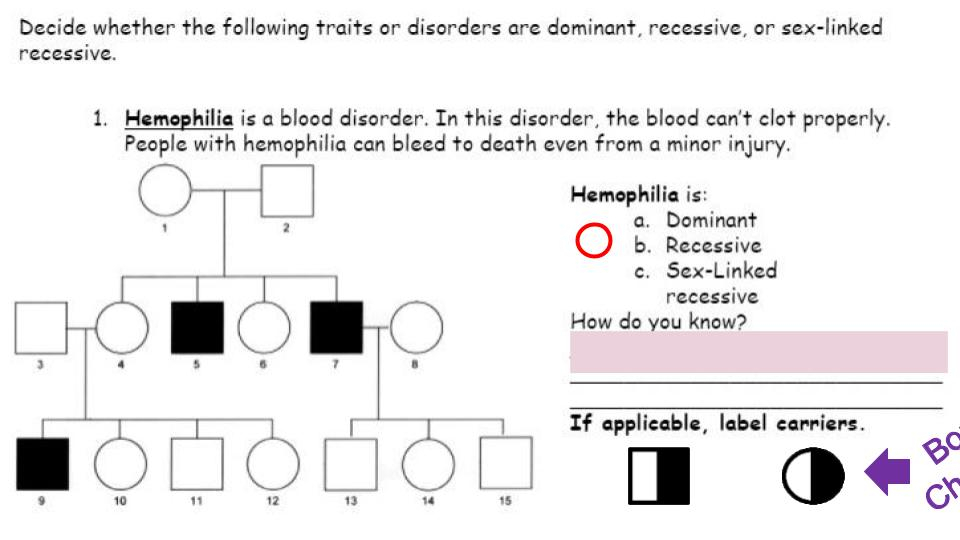Pedigree charts are a visual representation of a family’s genetic history. They are used by genetic counselors, researchers, and individuals interested in understanding their genetic inheritance. These charts typically show relationships between family members over several generations, highlighting the presence or absence of certain traits or diseases.
Pedigree charts are an invaluable tool for resolving inheritance patterns because they can help identify how traits or diseases are passed down through generations. By studying these charts, individuals can gain insight into the likelihood of inheriting a particular trait or disease and make informed decisions about their health.
Using Pedigree Charts To Resolve The Inheritant Patterns
Identifying Inheritance Patterns
One of the key benefits of using pedigree charts is the ability to identify inheritance patterns. By examining the relationships between family members on the chart, individuals can determine whether a trait or disease is inherited in a dominant, recessive, or X-linked manner.
For example, if a trait or disease appears in every generation of a family on the pedigree chart, it may indicate a dominant inheritance pattern. Conversely, if the trait or disease skips generations, it may suggest a recessive inheritance pattern. By analyzing these patterns, individuals can better understand their genetic risk factors and take proactive steps to manage their health.
Using Pedigree Charts in Genetic Counseling
Pedigree charts are also widely used in genetic counseling to help individuals assess their risk of passing on genetic disorders to their children. Genetic counselors can analyze these charts to provide personalized guidance on family planning, genetic testing, and risk assessment.
By utilizing pedigree charts in genetic counseling sessions, individuals can make informed decisions about their reproductive options and take steps to reduce the risk of passing on genetic disorders to future generations. Overall, pedigree charts are a powerful tool for resolving inheritance patterns and empowering individuals to take control of their genetic health.
